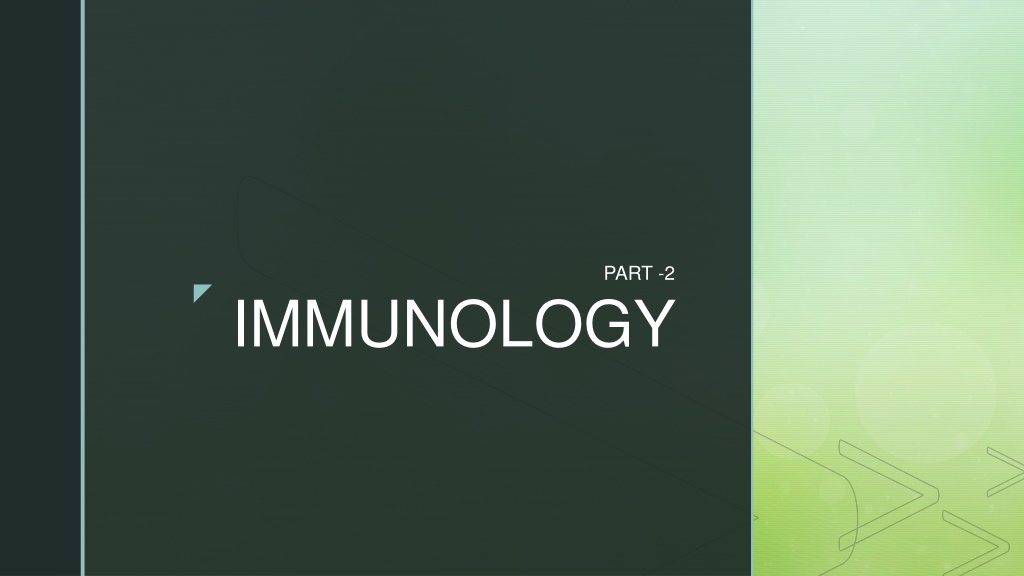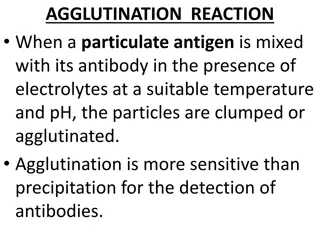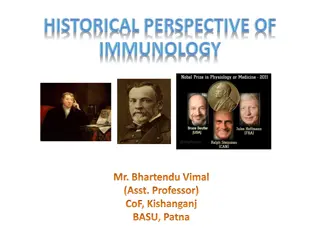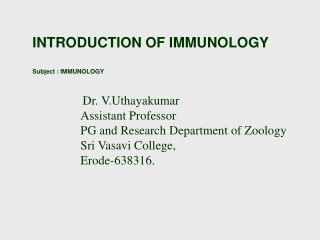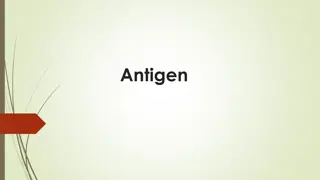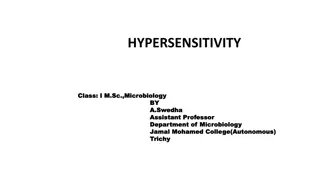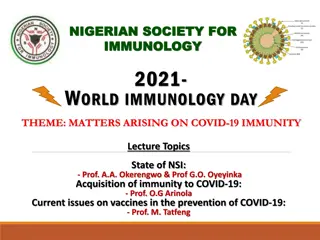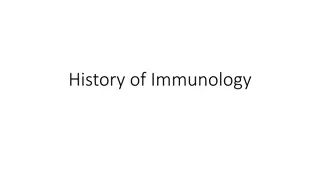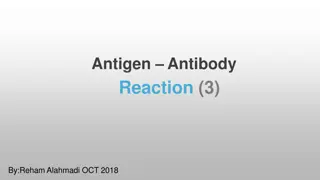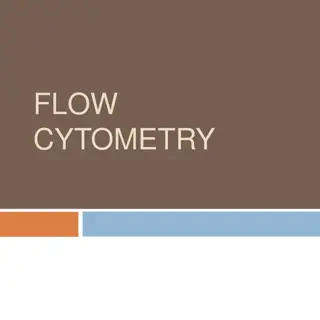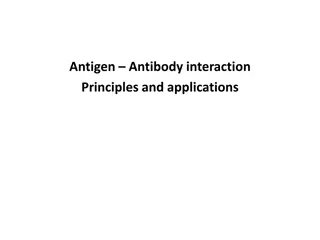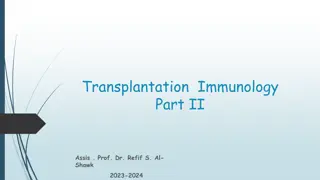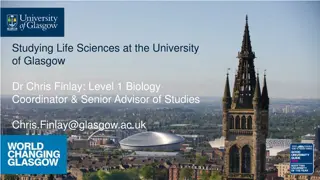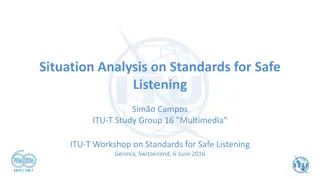Understanding Immunology: Key Players and Processes
Explore the world of immunology through key components such as monocytes, macrophages, lymphocytes, interferons, and the inflammatory reaction. Learn about the roles of various immune cells in defending the body against pathogens and the mechanisms of inflammation in response to tissue damage or infection.
Download Presentation

Please find below an Image/Link to download the presentation.
The content on the website is provided AS IS for your information and personal use only. It may not be sold, licensed, or shared on other websites without obtaining consent from the author. Download presentation by click this link. If you encounter any issues during the download, it is possible that the publisher has removed the file from their server.
E N D
Presentation Transcript
PART -2 IMMUNOLOGY
MONOCYTE FIXED MACROPHAGE These are largest WBCs. These enlarge to form macrophages (phagocytes). These function as antigen presenting cells (APCs). MACROPHAGE WANDERING MACROPHAGE
LYMPHOCYTE These are main cells of immune system. Lymphocytes are one of several different types of white blood cells. Each type of white blood cell has a specific function, and they all work together to fight illness and disease. White blood cells are an important part of your immune system. They help your body fight antigens, which are bacteria, viruses, and other toxins that make you sick. If your doctor says you have a weakened immune system, that means there aren t enough white blood cells in your bloodstream .
INTERFERONS Interferons are low molecular weight proteins synthesized by host cells in response to viral attack . These were discovered by Alick Isaacs and Jean Lindenman. Recent research has shown that interferons are produced in response to certain protozoans and rickettsia (viral RNA, viral glycoproteins, bacterial endotoxins). These are also active against tumors. Interferon therapy is used for different types of cancer also. Interferons are different from antibodies.
Inflammatory Reaction It is due to secretion of histamine and prostaglandins. 4 main signs of inflammation are :-Pain, Swelling ,Redness, Local warmth It is the localized response of the body to tissue damage or infection. It consists of : Rubor: Redness occurs due to vasodilatation. Tumor: Swelling occurs due to increase permeability of blood vessels . Dolor: Pain occurs due to stimulation of pain receptors . Calor: Heat occurs due to liberation of energy.
MECHANISM OF INFLAMMATION It is caused due to release of histamine and prostaglandins. These are released by damaged mast cells and basophils. These chemicals make blood capillaries more permeable. Vascular fluid comes out of blood vessels and its serum proteins kill bacteria.
Chemical agent Tissue injury Physical agent Biological agent Mediators of inflammation
Mediators of inflammation Foreign matter Toxins Histamine Mast cell
FEVER Inflammatory response may be local or systemic. Systemic inflammatory response results in fever. In fever body temperature increases due to production of pyrogens[temperature generating chemicals like interleukins]. Hypothalamus is thermostat or temperature regulating center of our body. Prostaglandins stimulate temperature center of hypothalamus to increase body temperature. Fever up to 100 F is tolerable and it stimulates phagocytosis. Fever above 100 it is harmful (metabolism is disturbed and there is a threat to neuron.
